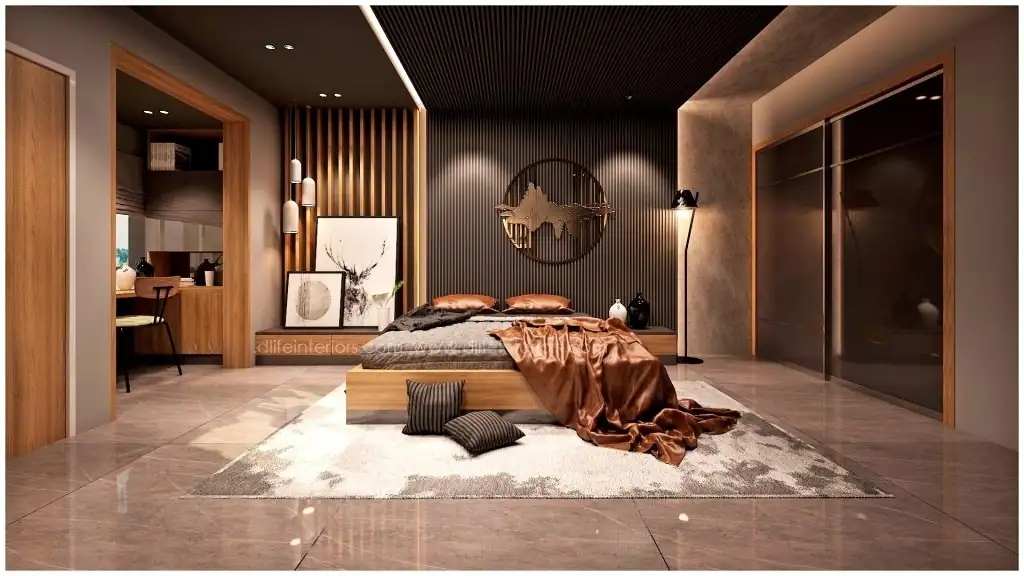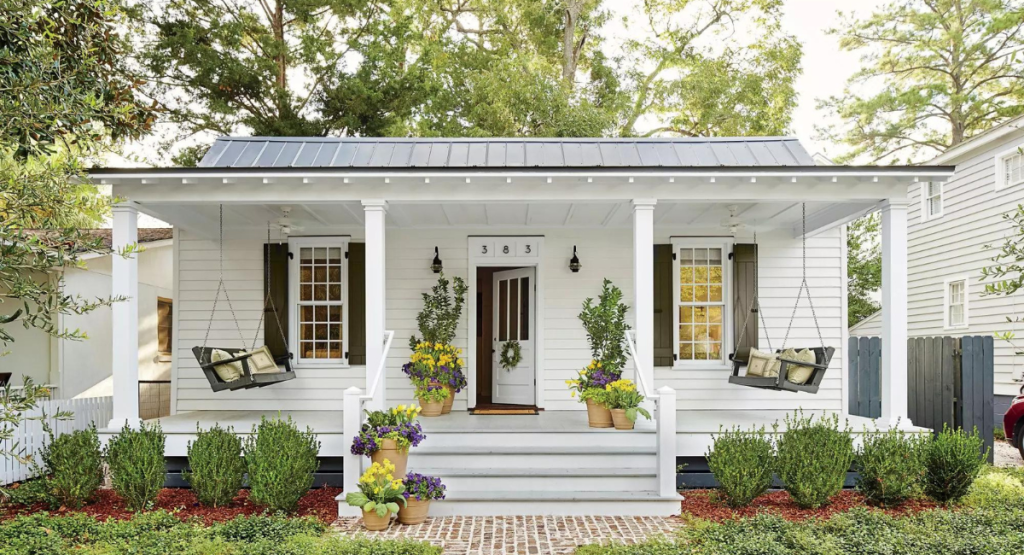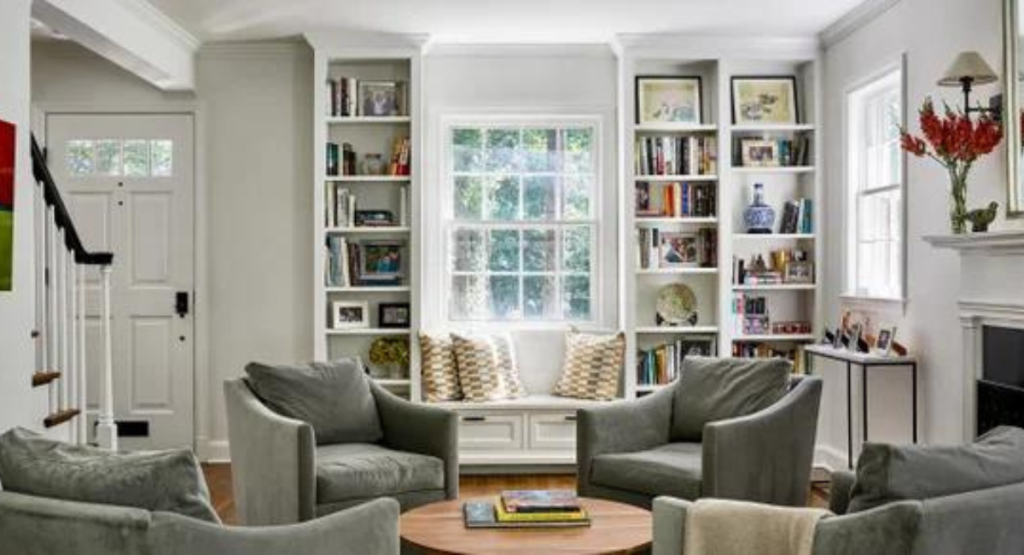Wooden walls are a timeless example of how form and function can combine in architecture. They can be found in rustic cabins and modern city homes alike, and their warm and unique appearance never goes out of style. Wood is also eco-friendly because it is a renewable and biodegradable material. In this introduction, we’ll explore the importance of wooden walls in architecture and interior design, looking at their charm and their role in promoting sustainable building practices.
Table of Contents
Advantages of Wooden Walls
Wooden walls are a great choice for building projects for several reasons. Firstly, they look really nice and make a space feel cozy and inviting. They are also very strong and can last a long time if they are taken care of properly. Finally, they are good for the air quality inside homes and buildings because wood is a natural material that doesn’t release any harmful chemicals.
Natural Aesthetic Appeal:
Wooden walls are a great way to bring natural beauty into both indoor and outdoor spaces. The unique patterns, textures, and colors of the wood can create a cozy and earthy atmosphere that connects with nature. Discover the charm of wooden walls and how they can enhance the look of your surroundings.
Durability and Longevity:
To ensure that your wooden walls remain in excellent condition and last as long as possible, it is essential to understand how to maintain and treat them. This includes regular inspections to identify signs of damage, cleaning to prevent the accumulation of dirt and debris, and the application of protective coatings to protect against moisture and other environmental factors.
Design Considerations for Wooden Walls
When designing wooden walls, it’s important to think carefully about different factors to ensure their practicality, appearance, and structural soundness. This section will explore key design considerations and techniques for incorporating wooden walls into architectural projects.
Aesthetic Integration:
When integrating wooden walls into interior and exterior designs, it’s important to consider factors such as color, texture, and scale. For example, the color of the wooden walls should complement the existing color scheme of the space. At the same time, the texture should be chosen to achieve the desired aesthetic result. One can use design techniques like accent walls, paneling, and cladding to enhance the visual appeal of wooden walls and create focal points within spaces.
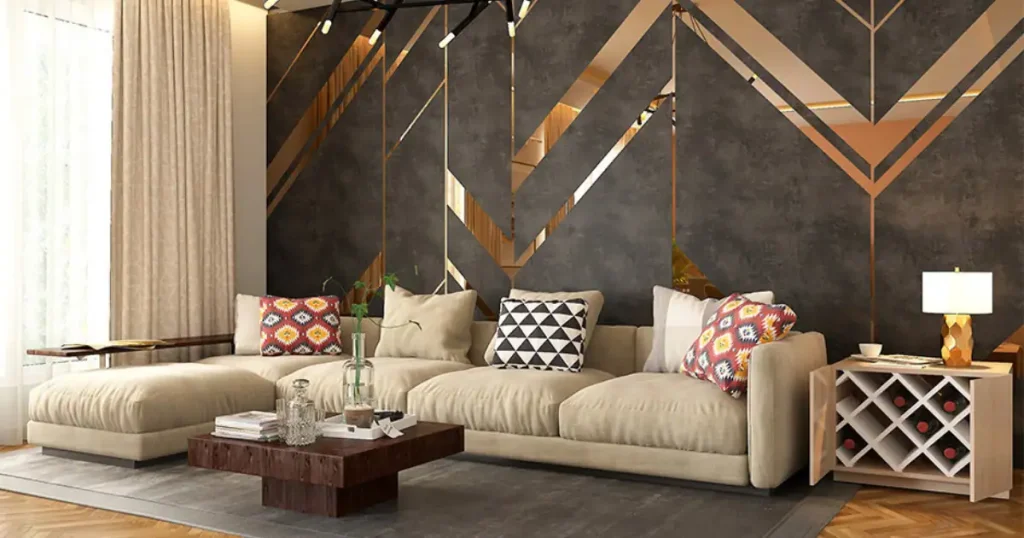
- Accent walls can add interest to a room or exterior space by creating a focal point of a different color or texture.
- Paneling can be used to create a traditional or modern look, depending on the style of the paneling.
- Cladding can create a rustic or contemporary look, depending on the choice of wood and the design.
Structural Support and Stability:
When constructing wooden walls, it’s important to consider their structural capacity, framing techniques, and connections to other building elements. Proper planning and engineering are crucial to ensure the safety and stability of wooden wall systems, especially in areas prone to seismic activity.
Functional Adaptability:
Wooden walls can be customized to fit specific functional requirements for different spaces. These requirements may include acoustic performance, fire resistance, and moisture control. Design solutions and building techniques can be applied to enhance the versatility and adaptability of wooden walls, enabling them to fulfill diverse design objectives while maintaining their aesthetic and sustainable qualities.
Maintenance and Care of Wooden Walls
Maintaining wooden walls is very important to preserve their natural beauty, durability, and structural integrity over time. Wooden walls are susceptible to damage from various elements, such as water, sunlight, and pests. Therefore, proper maintenance practices and care routines are crucial to ensure their longevity in different environments.
Cleaning and Surface Treatment:
Wooden walls need protection from moisture, UV damage, and wear. To protect them, you can apply a surface treatment, such as a stain, a sealant, or even paint. These treatments help keep the wood looking good. To remove dust, you can use a cloth or a vacuum cleaner. If you need to wipe the walls, use a damp cloth and be gentle.
Moisture Management and Pest Control:
Protecting wooden walls is crucial for their longevity. Two main ways to accomplish this are controlling moisture levels and preventing pests. Moisture can be managed by applying water-resistant coatings, using vapor barriers, and ensuring proper ventilation. Pest control measures include regular inspections for termites, using termite-resistant wood, and applying termiticides
Case Studies and Examples
Wooden walls have been a popular architectural element for centuries thanks to their versatility, functionality, and aesthetic appeal. Whether it’s a residential or commercial project, wooden walls can add warmth, texture, and character to any space. In fact, wooden walls have become increasingly popular in modern architecture due to their sustainable and eco-friendly features.
Residential Architecture:
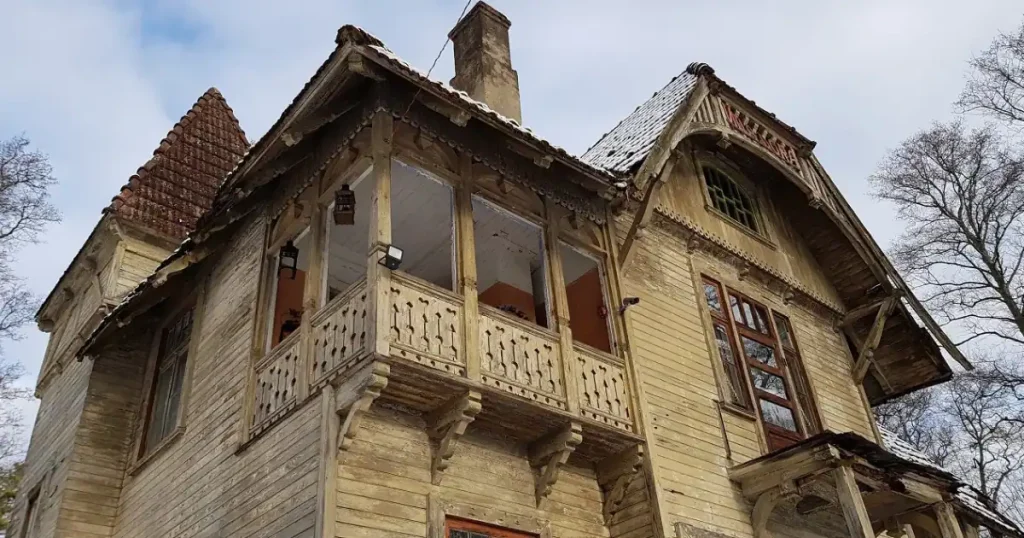
Wooden walls are a popular design element in residential architecture that can add charm, warmth, and a natural touch to any space. From single-family homes to cabins and apartments, wood paneling is a versatile material that can be used in a variety of ways to create unique and inviting interiors.
One of the main advantages of using wooden walls in residential settings is the cozy and warm ambiance they can create. Wood is a natural insulator that can retain heat and keep the interior temperature comfortable, making it an ideal material for colder climates.
Commercial and Public Spaces:
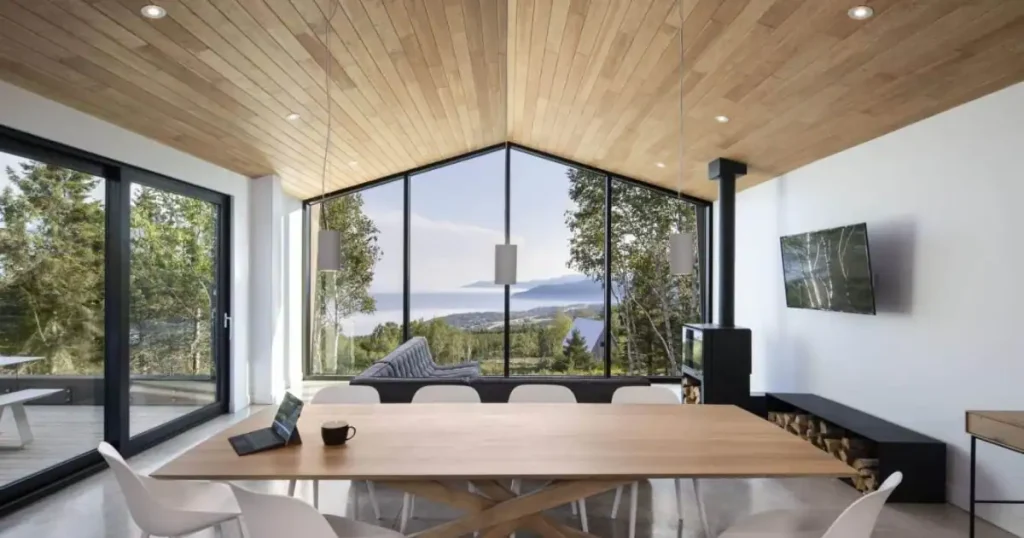
We aim to explore the use of wooden walls in commercial and public spaces, such as offices, restaurants, and community centers. We will focus on identifying and analyzing case studies that showcase how the incorporation of wooden walls contributes to the overall ambiance, branding, and functionality of these spaces.
By understanding how wooden walls can create a unique and inviting atmosphere for visitors and occupants, we hope to provide insights into how this design element can be utilized effectively in various settings.
Future Trends and Innovations
Looking ahead to the future of wooden wall construction can provide valuable insights into emerging trends and innovative practices that are shaping the industry’s trajectory. The knowledge of these advancements and transformative technologies can help us prepare for potential changes and plan for the future.
We discuss how digital tools, such as Building Information Modeling (BIM) and Computer Numerical Control (CNC) machines, are changing the way wooden walls are designed and manufactured. We also examine how new technologies are enhancing their performance, such as the use of sensors to monitor moisture levels and temperature and the integration of smart home systems.
Advanced Materials and Technologies:
Revolutionary materials and technologies are changing the way we construct wooden walls. Engineered wood products, nanotechnology, and digital fabrication are some of the innovative advancements that can enhance the durability, strength, and environmental sustainability of wooden walls. These advancements provide new opportunities for design and construction.
Integration with Smart Building Systems:
Consider how wooden walls can be integrated with smart building systems, such as sensors, actuators, and energy management systems. This integration can provide several benefits, including improved energy efficiency, occupant comfort, and maintenance monitoring in wooden wall applications.
Versatility and Adaptability of Wooden Walls
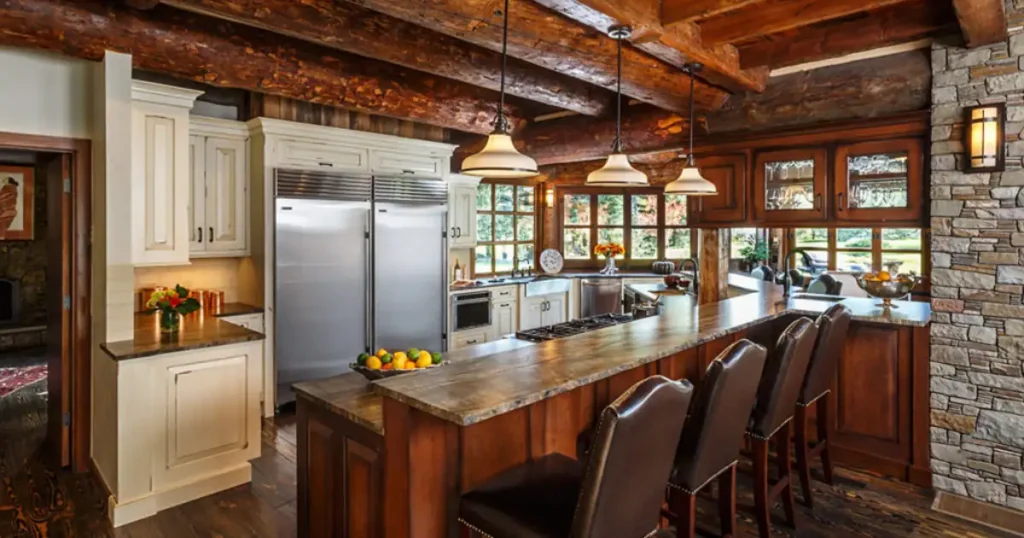
Wooden walls are a highly versatile and adaptable design element that can be used in a wide range of architectural applications. From residential homes to commercial buildings, wooden walls offer a flexible design option that can enhance both the functional and aesthetic aspects of built environments.
Moreover, wooden walls can be installed in a variety of ways, including planks, panels, or shingles, depending on the desired look and function
Interior Design Solutions:
Wooden walls are an excellent option for creating partitions in indoor spaces. They allow you to make the most of the available area while maintaining visual interest. These walls can be used to define zones, helping you organize your space in a way that is both practical and aesthetically pleasing. Wooden walls also provide an opportunity to explore different interior design styles, from rustic and traditional to modern and minimalist.
Exterior Cladding and Facades:
Wooden walls can be used as exterior cladding and facades to provide protection and insulation and add architectural expression to buildings. When designing exterior wooden walls, it is important to consider weather resistance, durability, and maintenance requirements to ensure long-term performance and aesthetic appeal. These design considerations will help make sure that the wooden walls remain in good condition and remain visually appealing for longer periods.
Conclusion
Wooden walls are a great example of quality, sustainability, and cultural heritage in architecture. In this article, we have looked at the many advantages and versatile uses of wooden walls. They not only look natural and beautiful, but they are also environmentally friendly. Wooden walls are important to architecture, not only for their functional purposes but also for their cultural and historical significance.
It is vital to continue promoting sustainable practices in wooden wall construction, preserving cultural heritage, and exploring innovative design possibilities. By using the timeless beauty and inherent sustainability of wooden walls in building construction, we can create spaces that are visually stunning and environmentally responsible, promoting a harmonious relationship between built environments and nature
Frequently Asked Questions (FAQ’s)
Q: Are wooden walls suitable for all climates?
A: Wooden walls can be suitable for various climates with proper design, insulation, and maintenance. However, in extremely humid or wet climates, additional measures may be needed to prevent moisture-related issues such as rot and mold.
Q: How do I protect wooden walls from pests like termites?
A: To protect wooden walls from pests like termites, it’s essential to use treated or naturally resistant wood species and apply appropriate insecticides or repellents. Regular inspections and preventive measures can also help mitigate pest infestations.
Q: Can wooden walls be installed in earthquake-prone areas?
A: Yes, wooden walls can be designed and engineered to meet seismic requirements in earthquake-prone areas. Techniques such as timber framing and structural reinforcement can enhance their seismic performance, making them suitable for seismic zones.
Q: What are the differences between solid wood and engineered wood for wall construction?
A: Solid wood refers to lumber cut directly from trees. In contrast, engineered wood products are manufactured by bonding together wood fibers or veneers. Both have advantages and applications, with solid wood offering natural beauty and durability and engineered wood providing enhanced stability and dimensional consistency.
Q: How can I maintain the natural color of wooden walls over time?
A: To maintain the natural color of wooden walls, avoid prolonged exposure to direct sunlight, which can cause fading. Regular cleaning and application of protective coatings such as stains or clear finishes can also help preserve the wood’s color and integrity.

